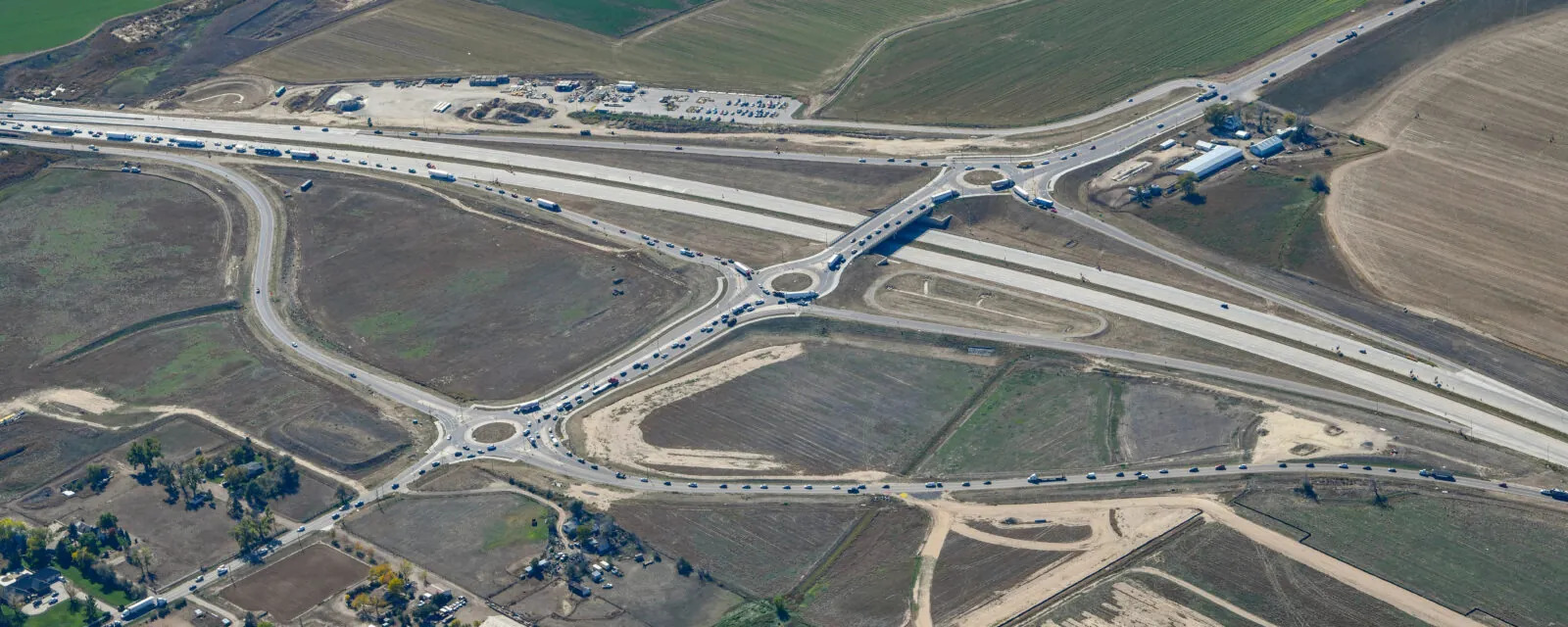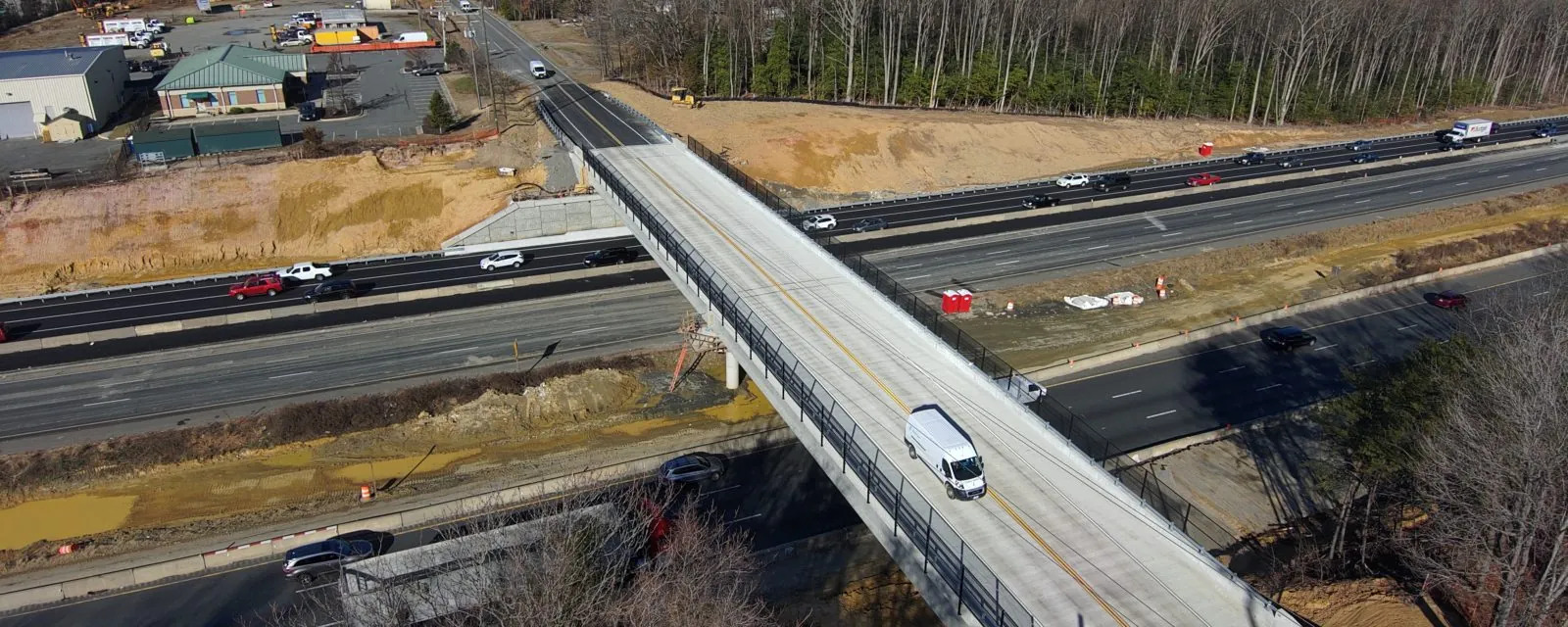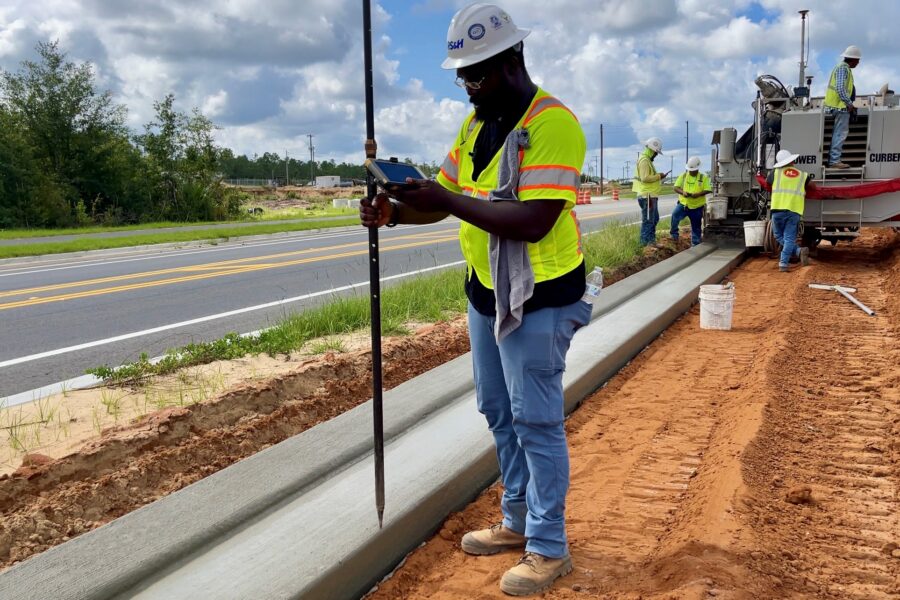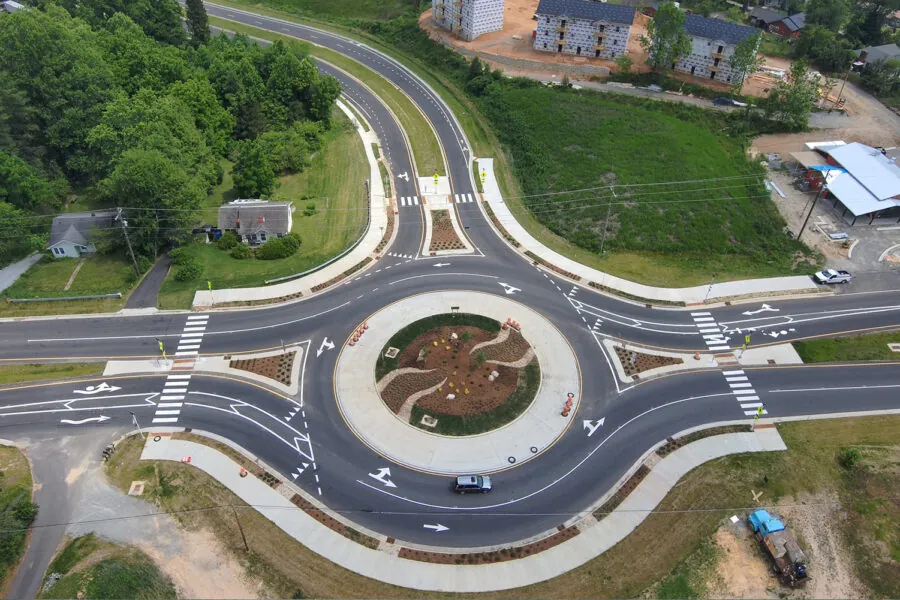Preparing for Construction Manager/General Contractor and Progressive Design-Build

Procurement
Construction Manager/General Contractor (CM/GC) and Progressive Design-Build are qualifications-based selections, involve a single-step approach, and typically require less time and resources from the owner and bidders during the procurement process. This allows a design-build firm or contractor to become involved earlier in the design process and, in some cases, prior to the conclusion of NEPA for federally funded projects. The procurement evaluates things like past performance on relevant projects, the experience of key personnel, and a firm’s financial capacity necessary to meet project bonding and insurance requirements. In addition to qualifications, many owners will ask bidders to submit their approach to the various project phases, including planning, preconstruction, and construction, for evaluation. Some owners have also chosen to evaluate cost items such as a fixed budget, or cap for planning, and preconstruction services, or a fixed margin or profit proposed by the firm for the construction work.
This streamlined approach to selecting a contractor or design-builder allows collaboration with the owner earlier in the design process to help identify cost saving opportunities, mitigate risk, and interact more effectively with third parties such as utilities and property owners. While these delivery models do provide significant benefits, they also require owners to be sufficiently equipped to engage with their contractor or design-build partner in a manner that is very different from more traditional procurement models, which can be a challenge, especially for those new to them.
Preparing for Planning and Pre-Construction
One of the more common challenges during the planning and preconstruction phases is reaching an agreement on the project budget and, ultimately, the guaranteed maximum price for construction work packages. CM/GC and progressive design-build require negotiation of costs on an open book basis, and some owners who typically procure low-bid design-bid-build or lump sum design-build projects do not have experience with this approach. This is why engaging an independent cost estimating firm with experience evaluating the bottoms-up approach a contractor will take to develop its price proposal and the linkages between schedule and cost is strongly recommended. One of the most common reasons for project cancellations during preconstruction is because the owner has relied primarily on its engineer’s estimate to shape its view on the project budget and affordability limit, and once a contractor is selected, there is a cavernous difference of opinion between the parties on the actual cost to deliver the job.
In the current market, developing accurate engineer’s estimates using methods that rely on historical pricing data has become increasingly challenging. If you talk to any contractor, they will tell you current pricing from suppliers and subcontractors is only valid for a short period of time. So, looking at pricing on projects procured in recent months or years is no longer a good predictor of current and future project costs, and the volatility is significant enough that applying indexes tied to inflation is not an entirely effective method.
Entering the planning and preconstruction phase with the owner and contractor having massively different views of project costs often ends up eroding trust and can undermine the intended collaboration necessary to agree on a Guaranteed Maximum Price prior to construction. To avoid this, a more comprehensive approach to the engineers’ estimate needs to be taken, which includes a realistic assessment of project risks and costs and an accurate accounting of current market pricing. The selection and role of the independent cost estimating firm should further refine and support the owner’s view on pricing by peeling back the layers of the contractor’s work breakdown structure. Analyzing it independently from the engineer’s estimate, an owner should avoid the temptation to utilize their independent cost estimating firm to simply strong-arm the contractor to meet an otherwise flawed engineer’s estimate.
The other challenge owners need to prepare for is negotiation of the risk allocation, particularly ones that tend to be outside of the direct control of the owner and contractor. Utilities, Geotech, Government Approvals, ROW acquisition timelines, third parties and adjacent projects are some of the more common risks that can have a significant impact on projects schedule and cost if not properly addressed and mitigated. While the collaborative processes of CM/GC and Progressive Design-Build does allow the parties to work closely together to address these and other risks before establishing the Guaranteed Maximum Price and schedule, inevitably many of these risks will still exist to some extent after construction begins. The ideal position for an owner to take is one that is generally consistent with what the market believes to be appropriate. Transferring risks to the contractor in a manner that is difficult to price, mitigate and manage during construction will inevitably lead to higher contingencies or risk reserves and overall project costs for the owner.
To be in position to truly gauge the market’s view, and not just the view of one contractor, it is recommended that a form of the design-build or construction contract be included as part of the RFQ solicitation to receive feedback in a transparent and competitive forum. This helps to avoid lengthy negotiations during preconstruction around key terms and conditions which, if they become sticking points, can result in significant cost and lost time if the preconstruction agreement is terminated. It may force owners to take on unnecessary construction risks and acquiesce to the contractors’ terms to avoid those consequences.
Assuming the market has accepted the form of Design-Build agreement or construction contract in advance, the negotiations around risk during preconstruction should be around what risks ultimately couldn’t be eliminated or mitigated and still pose a risk to construction that the contractor cannot reasonably mitigate, manage, or price at the time the Guaranteed Maximum Price is agreed to. To efficiently account for and ensure funding is available to pay for addressing eligible project risks, a risk register is developed that identifies the universe of risks that will be covered by a risk pool that is funded as part of or in addition to the Guaranteed Maximum Price. The owner and contractor will negotiate an amount that they both believe is sufficient to cover eligible unexpected costs and any remaining funds in the risk pool at substantial completion will be shared, to incentive the contractor from making claims against the pool that are unnecessary and encourage attempts to manage and mitigate them first.
The other project agreement enhancement that several owners are making, especially on large projects with longer construction durations, is price indexing for construction commodities. These can have a significant impact on project costs both positively and negatively. These mechanisms provide protection by the owner for the contractor should materials such as steel, asphalt, diesel, concrete, etc. meaningfully increase from the time of establishing Guaranteed Maximum Price to when they are procured during construction. Conversely, if the price of those materials meaningfully decreases, the contractor is required to reimburse or lower its final price to reflect that positive change.
Conclusion
Much like any other procurement method, CM/GC and Progressive Design-Build have its place in the market and may very well be the best approach to attract market interest and achieve successful project outcomes for certain projects, but it is not the panacea to all the challenges we are seeing in the current market. Owners will need to familiarize themselves with these relatively new contracting approaches to unlock the value they present and avoid the potential pitfalls that may arise.







